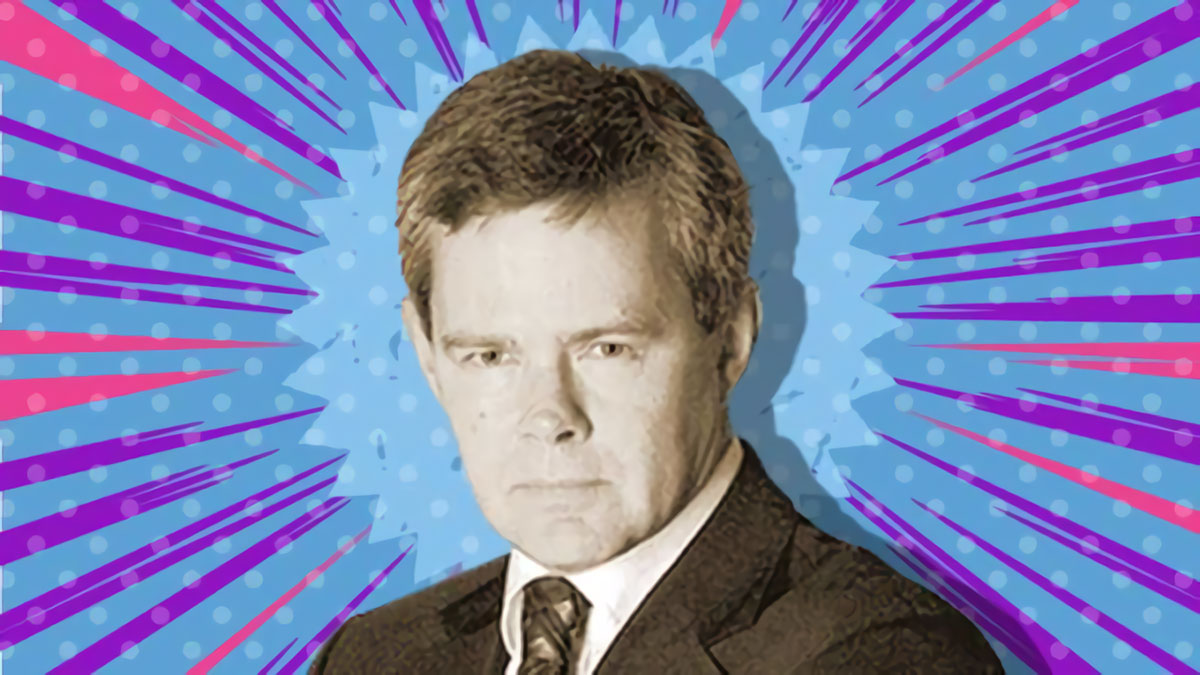What’s a former high-flying junior explorer meant to do after it comes crashing back to earth? Keep going, and adapt.
That’s what Stavely Minerals (ASX:SVY) is doing after its market cap has retreated in a major way from a peak of $260 million in October 2019, all the way down to $14m this week (3.6c a share).
The heady market cap achieved by the company almost five years ago now was to do with the excitement around spectacular copper hits at the company’s namesake project in the shadows of the Grampians in western Victoria.
Things have kind of fizzed since, particularly around the company’s hunt for a deeply buried porphyry copper-gold system of scale.
But the company’s work did turn up the shallow Cayley Lode discovery, a good grade and structurally controlled blob of mineralisation found along an ultramafic contact fault, believed to be a first for Australia.
It has got a resource estimate too – 9.3Mt at 1.23% copper (115,000t contained), 0.23g/t gold and 7g/t silver. It is not the biggest deposit around but more than covers Stavely’s current modest market cap.
That is particularly so because of copper’s move to record levels. As an aside, copper averaged $2.70/lb in 2019. It was quoted mid-week at $US4.62/lb, prompting a search far and wide for juniors with copper exposure.
To that end, the company has kicked off a study into the potential to develop a low impact underground mining operation based on the Cayley Lode, with the ore to be sent off to an unnamed regional treatment plant (Stawell?) for processing in to copper-gold concentrate.
Results from the study are to be released in January.
If the potential Cayley Lode development – and the undoubted exploration potential of the broader region, including the soon-to-be drilled Junction prospect some 2km up the road – was all Stavely had on the go, Garimpeiro reckons the current $14m market cap is about right at this early stage.
But in more recent times the company has added a second string to its bow – the emerging West Kimberley magmatic nickel province in WA where an IGO/Buxton joint venture has dialled up interest because of the Merlin/Dogleg discoveries.
There’s no need to cough and splutter over the mention of nickel. Because of the magic mix of metals found in magmatic nickel deposits, they are the most profitable types in the industry, more than capable of seeing off the Indonesian laterite nickel challenge.
That is demonstrated locally by IGO’s Nova-Bollinger mine in WA remaining profitable at nickel’s recent price lows (the price has actually been punching back to levels well ahead of the historical average).
IGO is one of the biggest spending explorers on the ASX. But nickel and lithium price pressures has prompted a rethink on how much and where it should be spending its dollars.
IGO is going to update the market on a reshaping of its exploration unit at its FY2024 profit result. Garimpeiro is pretty sure that its hunt for another Nova-Bollinger in its home province of the Fraser Range, or up in West Kimberley, will not be cut.
Stavely’s involvement in the West Kimberley excitement is through its Hawkstone project which includes a 30km easterly strike continuation of the Ruins dolerite which the IGO/Buxton joint venture has demonstrated is highly prospective for magmatic nickel-copper.
The IGO-Buxton joint venture’s Merlin prospect, 1km northwest of the boundary with Hawkstone, has previously reported assays of up to 8% nickel and 5% copper. And that was followed up more recently with high-grade hits at their Dogleg discovery, 13km northwest of Merlin.
Its early days but exciting, nevertheless. Stavely is now part of the action at its Hawkstone project. Various geological arms of the WA government certainly think the project has technical merit.
So much so they have kicked in $620,000 for a regional electromagnetic survey and follow up drilling.
Quite neatly, the West Kimberley program gets going while Victoria’s winter puts a stop to ground activity at Stavely.
The views, information, or opinions expressed in the interviews in this article are solely those of the interviewees and do not represent the views of Stockhead. Stockhead does not provide, endorse or otherwise assume responsibility for any financial product advice contained in this article.
The post Barry FitzGerald: From $260m then to $14m now, this forgotten copper explorer’s time has come appeared first on Stockhead.






















